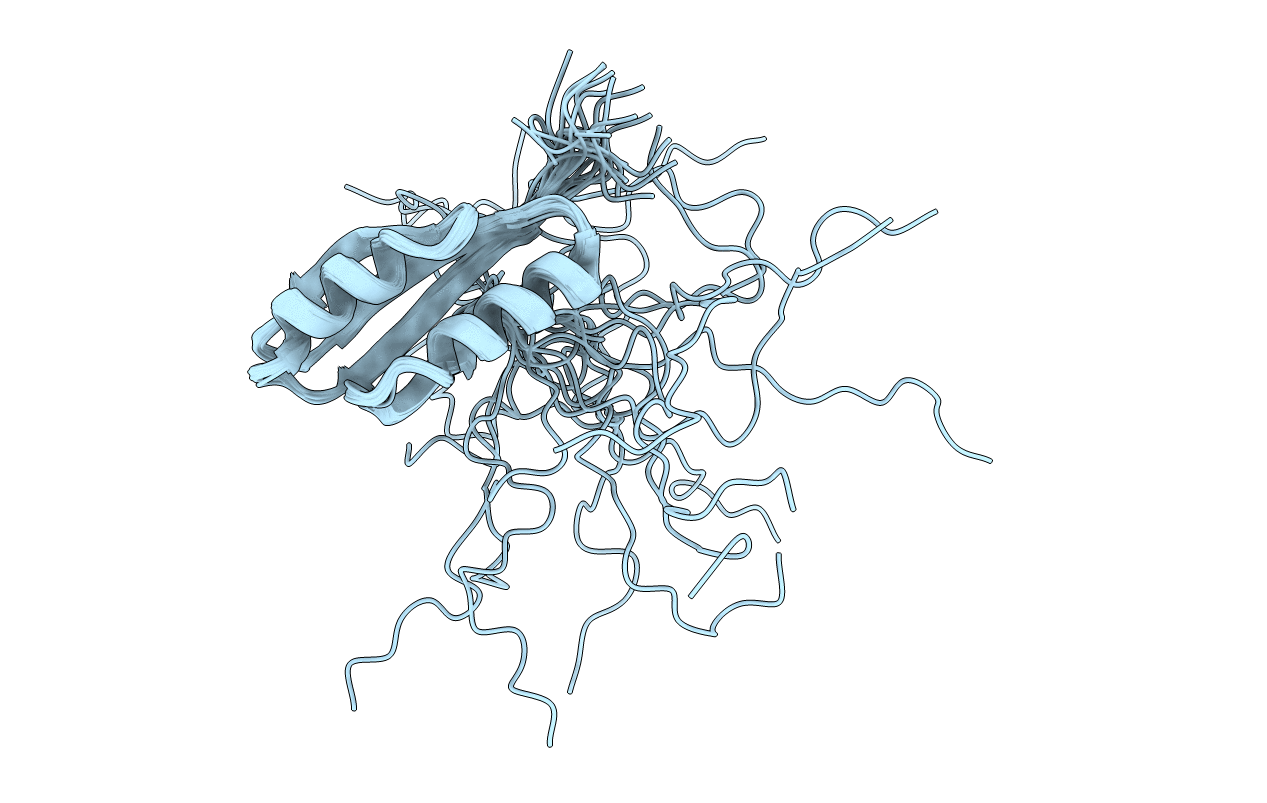
Deposition Date
2007-07-17
Release Date
2007-08-21
Last Version Date
2024-05-08
Entry Detail
PDB ID:
2JSX
Keywords:
Title:
Solution structure of the E. coli Tat proofreading chaperone protein NapD
Biological Source:
Source Organism:
Escherichia coli K12 (Taxon ID: 83333)
Host Organism:
Method Details:
Experimental Method:
Conformers Calculated:
100
Conformers Submitted:
20
Selection Criteria:
lowest restraint energy


